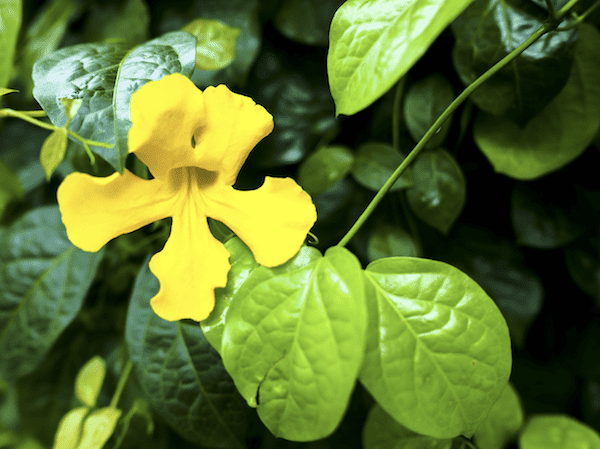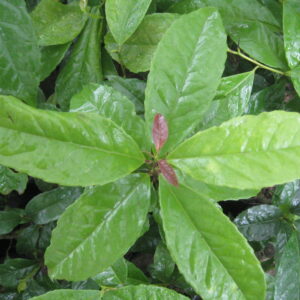Description
Cat’s claw is a woody vine that grows wild in the Amazon rainforest and other tropical areas of Central and South America. Its thorns resemble a cat’s claws.
The two most common species are U. tomentosa and U. guianensis. Most commercial preparations of cat’s claw contain U. tomentosa.
Use of cat’s claw dates back 2,000 years. Indigenous people of South and Central America used it to ward off disease.
Today, cat’s claw is promoted as a dietary supplement for a variety of health conditions, including viral infections (such as herpes, human papilloma virus, and HIV), Alzheimer’s disease, cancer, arthritis, diverticulitis, peptic ulcers, colitis, gastritis, hemorrhoids, parasites, and leaky bowel syndrome.
This herb possesses curative powers, like lowering the risk of cancer, because it decreases the proliferation of chemical acid. Chief among its virtues are alkaloids, oxindoles, glycosides, polyphenols, terpenes and steroids.
People undergoing chemotherapy should take cat’s claw because it alleviates the side effects of the treatment. But it is important to stress that pregnant women should not consume this plant because it can trigger miscarriages. Patients who have received organ transplants, skin grafts or who are breast-feeding should also avoid taking cat’s claw.
The plant is also a natural remedy for various stomach ailments because it thoroughly cleanses the intestinal tract. The alkaloids in cat’s claw improve brain function, which could help treat diseases like Alzheimer’s.
But the most amazing benefit of this Peruvian superfood is its ability to repair DNA. This plant’s effects work at the cellular level and help preserve the integrity of DNA.



Reviews
There are no reviews yet.